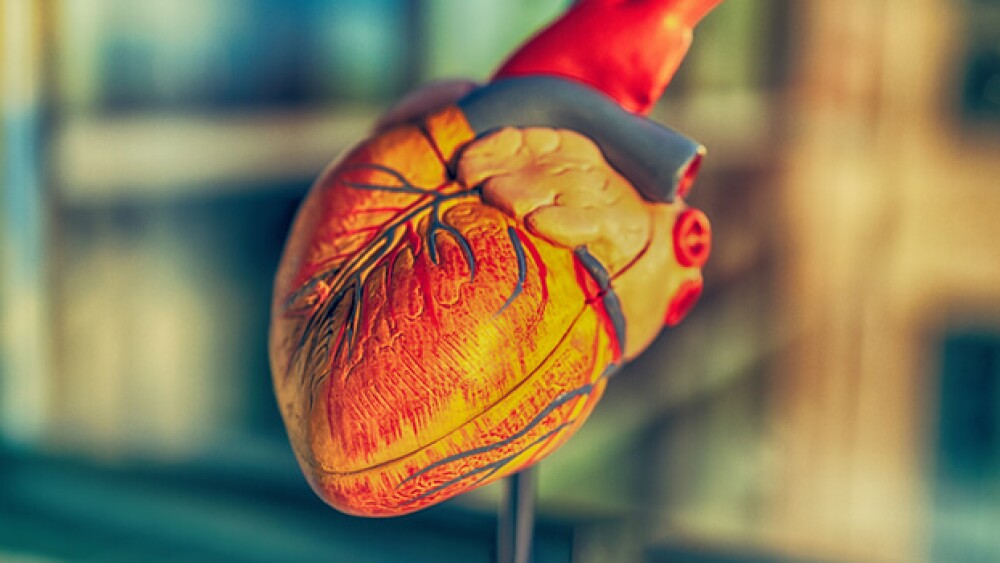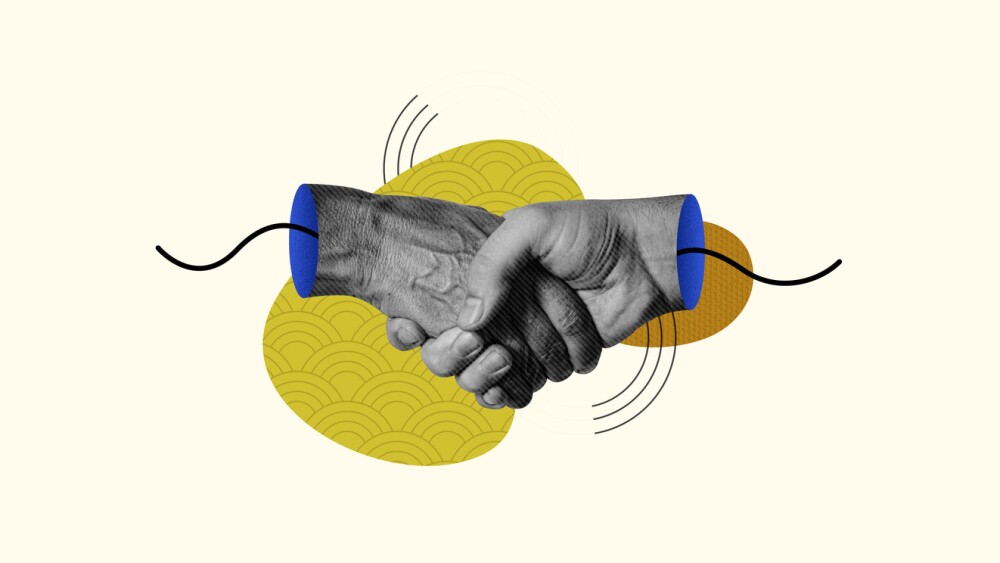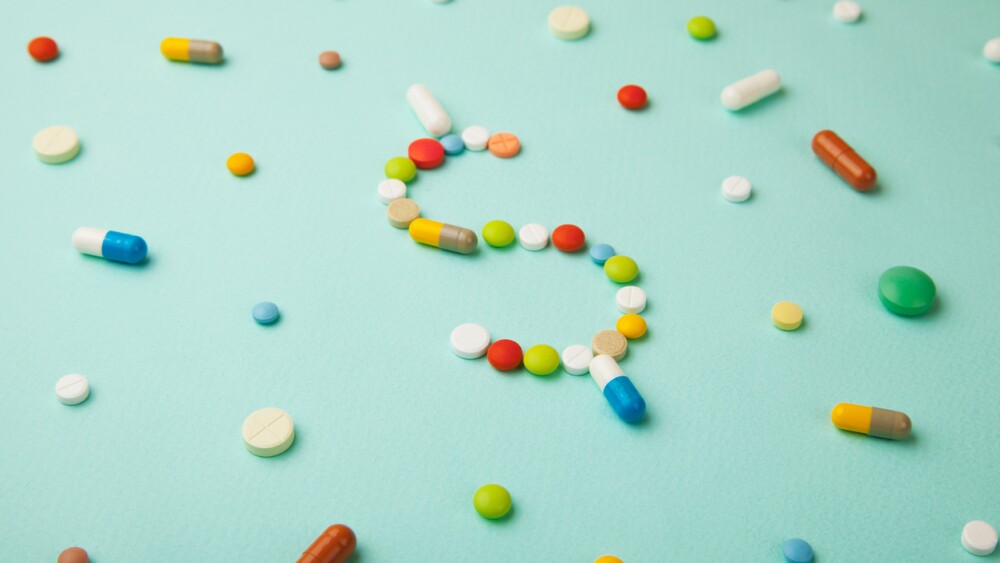Researchers at San Francisco’s Gladstone Institutes published research on bioRxiv—which means it has not been peer-reviewed—that demonstrated, in culture, how the virus damages cardiac muscles.
By now it should be clear that SARS-CoV-2, the virus that causes COVID-19, is a bit weird. Early on it was thought of primarily as a pulmonary infection of the deep lung, then numerous other symptoms were described: blood clotting and strokes, gastrointestinal issues, circulation problems (COVID toe), neurological and cardiac problems.
Penn State University’s director of athletic medicine, Wayne Sebastianelli, inspired debate this week when he said that 30% to 35% of cardiac MRI scans performed on Big Ten athletes who had COVID-19 seemed to show myocarditis, an inflammation of the heart muscle. Those numbers have been downplayed a bit since, with other experts saying those statistics were outdated. However, there is quite a bit of evidence that COVID-19 negatively affects cardiac muscle.
And researchers at San Francisco’s Gladstone Institutes reinforced that dramatically with a preprint publication of research on bioRxiv—which means it has not been peer-reviewed—that demonstrated, in culture, how the virus damages cardiac muscles.
They added the virus to human heart cells in Petri dishes. One of the authors, Bruce Conklin, senior investigator at Gladstone, said the “carnage in the human cells “ was unlike anything seen in other cardiac diseases. “Nothing that we see in the published literature is like this in terms of this exact cutting and precise dicing. We should think about this as not only a pulmonary disease, but also potentially a cardiac one.”
Fiber fragments called sarcomeres looked almost “surgically sliced,” and did not resemble the kind of damage observed in other acquired or hereditary diseases of the heart muscle. In addition, there were “black holes” where the DNA in the nucleus of the cells.
They tested the effects of SARS-CoV-2 on three different types of human heart cells, cardiomyocytes, cardiac fibroblasts, and endothelial cells. The cardiomyocytes, which are muscle cells, were the only cells that showed evidence of viral infection that spread to nearby muscle cells. The researchers obtained autopsy samples from three COVID-positive patients and the changes observed were similar, but not identical.
Todd McDevitt, senior investigator at Gladstone and co-author of the study, said, “When we saw this disruption in those microfibers, … that was when we made the decision to pull the trigger and put out this preprint. I’m not a scientist who likes to stoke these things [but] I did not sleep, honestly, while we were finishing this paper and putting it out there.”
There are a few caveats to the research. First, as mentioned before, it has not yet been peer-reviewed, so experts in cardiac physiology have not had an opportunity to analyze the data. Second, it’s difficult, sometimes impossible, to take what happens in a Petri dish and apply it to animals, including humans.
There are good reasons to study things this way—you are able to isolate specific cells and cellular systems without confusing the issue with other types of cells and immune responses, for example. So there’s an advantage here in that they demonstrated that the virus is capable of infecting cardiac cells and identifying some of the damage that it does there.
“The data are provocative,” Sahil Parikh, an interventional cardiologist at Columbia University Irving Medical Center who was not involved in the research, told STAT. “It suggests that cardiomyocytes, the heart muscle cells, in a Petri dish are damaged in ways that are potentially irretrievable. The challenge here is that this paper has not been peer-reviewed by people who are experts in cardiology, who have not had a chance to tear it apart. I am reluctant to make a lot out of a pre-publication manuscript, no matter how provocative the finding.”
Earlier this summer, German researchers reported that 39 autopsies and cardiac MRIs of 100 COVID-19 patients showed damage to the hearts in both older and younger patients, including in younger people who were not hospitalized for mild COVID-19 symptoms. Although that research had some statistical errors, Gregg Fonarow, interim chief of the UCLA Division of Cardiology and director of the Ahmanson-UCLA Cardiomyopathy Center, who co-authored an editorial that accompanies the German studies, said that the main message is still true—COVID-19 can damage the heart.
Still, it’s not clear yet how extensive it is or if it is permanent or if it occurs in all COVID-19 patients. Parikh noted, “To say there’s a clear pattern of acute and then chronic convalescent heart disease would be premature.”





